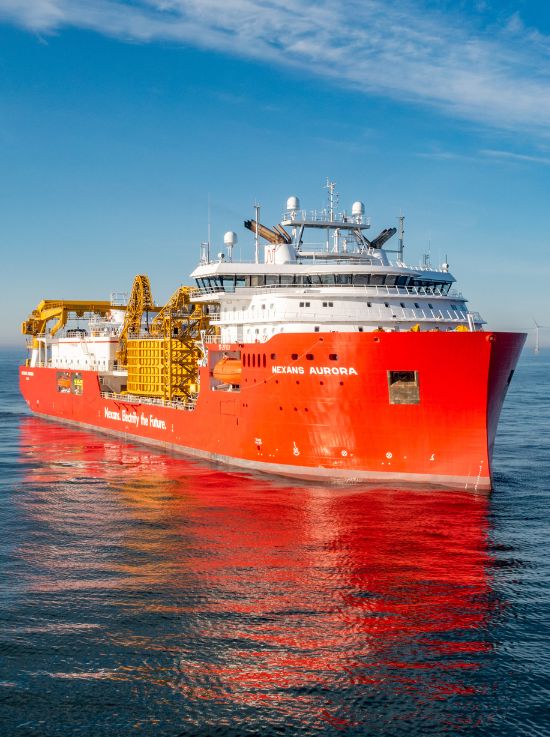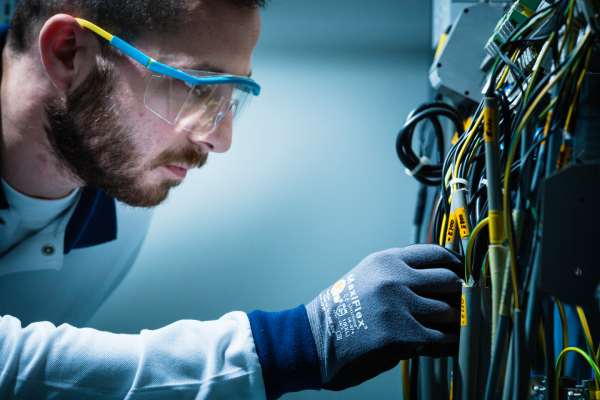Mining: improving sustainability, reliability and safety
Until recently, the main purpose of mining was to extract minerals used primarily to produce fossil fuels. Today, these minerals are used in systems able to generate renewable energies, such as electric batteries and solar panels. Nevertheless, to make an active contribution to the energy transition, the mining sector needs to move towards new, more sustainable business models. Nexans is helping its customers to meet these ambitious goals.
Challenges facing the mining industry in the current energy transition
Mining extracts a wide range of rare earths and minerals, from lithium and cobalt to copper, nickel, manganese and aluminum, to name but a few. These natural substances are used on a massive scale to create technologies for producing renewable energies.
Electric car batteries, wind turbines and photovoltaic panels all rely on minerals and rare earths. Today, more technologies need to be developed to address rising energy needs and limit the impact of climate change on global temperatures. As a result, more rare earths and minerals are required.
At present, the mining industry makes most of its profits from coal mining. It now needs to shift its focus to minerals that are useful for the energy transition. Major investments will be necessary to meet growing demand. According to the IEA, the demand for critical minerals is set to rise by a factor of between 1.5 and 7 by 2030.
It is essential to make mining more sustainable. This will enable us to develop new technologies using renewable energies and to achieve the net zero targets set by the SBTi (Science-based Targets Initiative) for 2050.
For players in the mining industry, the way forward is to modernize, industrialize and automate mining infrastructures, thereby helping to allay public fears. Nexans makes cables to power mobile electric equipment, supporting customers in this sector in meeting these goals.
Evidence










